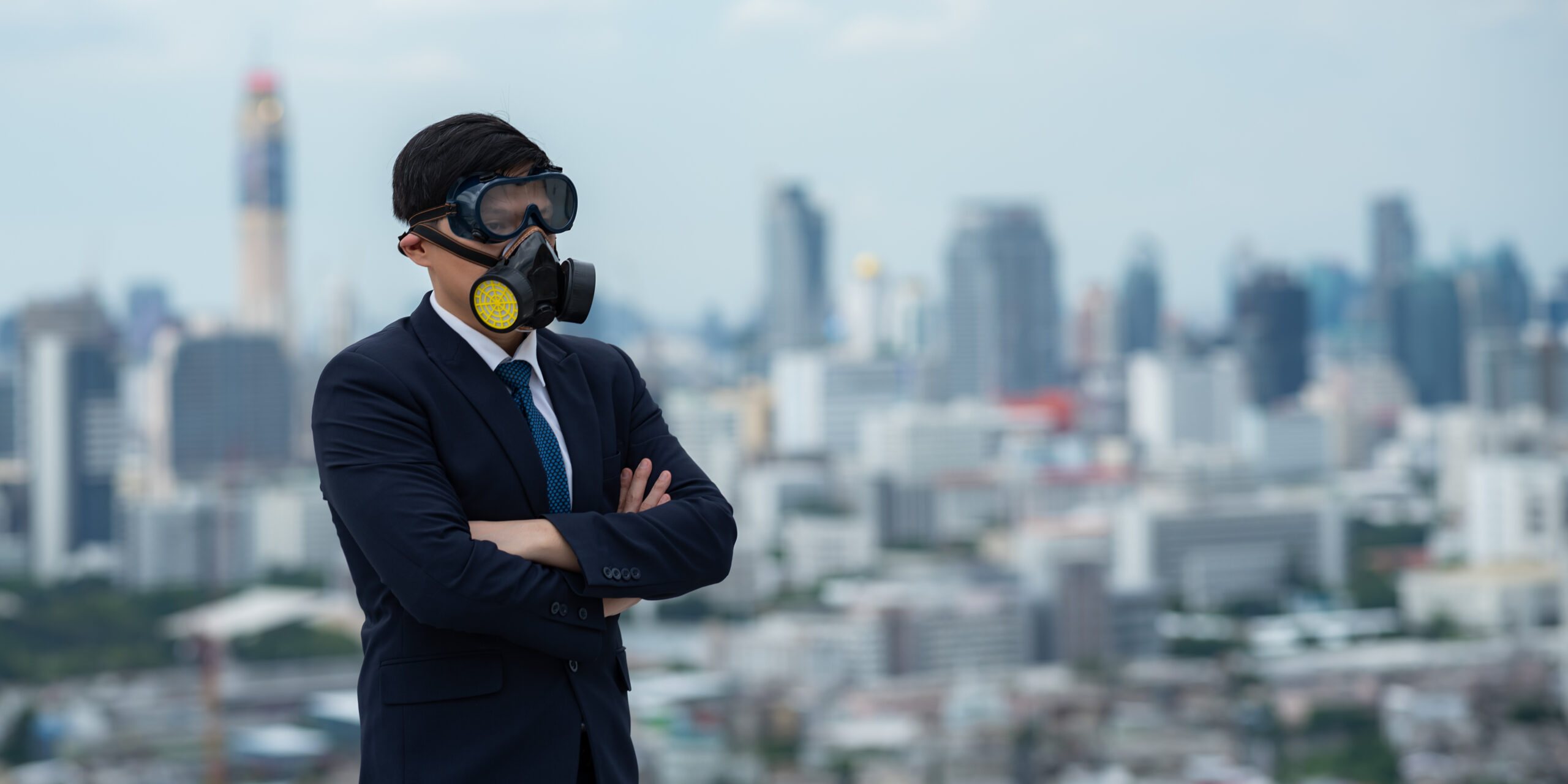
If you’re living in the UK, there’s a good chance that you’ve seen or heard of toxic mold. Not only is it an unpleasant and almost inevitable part of life in the UK, but it can also have serious health effects if it isn’t treated properly. Here are 7 things you need to know about toxic mold in UK homes:
1. What Causes Toxic Mold?
Toxic mold typically grows in damp and moist areas, such as bathrooms, basements, attics, and leaky areas of the home. It can also grow on materials such as insulation, drywall, and carpeting. The main culprit for its spread is high humidity levels and lack of proper ventilation throughout the house.
2. What Does Toxic Mold Look Like?
Toxic mold is usually black, sometimes with a green tinge. It can sometimes appear as a grey or white powdery substance. It can be hard to spot, so it’s important to be aware of potential sources of mold. If you see discoloration, spots, or anything that looks like mildew or fungus, it’s time to take a closer look.
3. How Can I Tell if My Home Has Toxic Mold?
The best way to detect toxic mold is to have your property tested by a professional. Your local health department should be able to provide a service to test for mold. An alternative is to purchase a DIY mold test kit from a hardware store.
4. What Should I Do If I Find Toxic Mold in My Home?
If you find toxic mold in your home, the first thing you should do is take steps to identify and eliminate the source of moisture. This could involve repairing any leaks or fixing a blocked drainage system. Then, you should contact a mold remediation specialist who can safely remove the hazardous material.
5. What Are the Health Effects of Toxic Mold?
Exposure to mycotoxins can cause a range of symptoms, from mild to severe. Mild symptoms include headaches, fatigue, coughing, wheezing, asthma symptoms and skin irritation. More severe symptoms include severe or recurring headaches, anxiety, depression, respiratory problems, neurological problems, and even death. People with weakened immune systems or pre-existing respiratory conditions are especially at risk for developing serious health problems from exposure to mycotoxins.
6. How Can I Reduce Risk of Toxic Mold in My Home?
1. Keep your home clean and free of clutter. Mold loves to grow in damp, dark, and cluttered areas. So, keeping your home clean and free of clutter will help discourage mold growth.
2. Fix any leaks or water damage promptly. Again, mold loves moisture, so fixing any leaks or water damage promptly will help prevent its growth.
3. Use a dehumidifier. A humid environment is ideal for mold growth, so using a dehumidifier can help keep conditions less than ideal for it.
4. Inspect your home regularly for signs of mold growth. Be on the lookout for musty odors, discolored walls or ceilings, and visible mold growth. If you see any of these signs, take action immediately to remediate the problem.
If you are concerned that you or your family may be affected by toxic mold in your home, please book a free 15-minute Discovery call with Simone at Barefoot Medicine to find out more about the Environmental toxin testing and mycotoxin testing that we offer.
